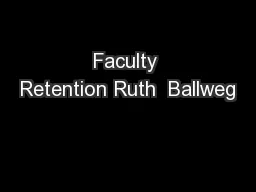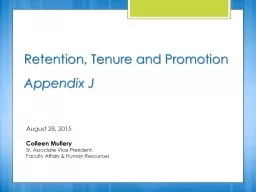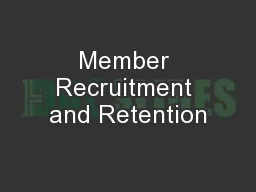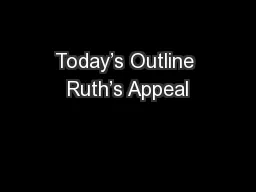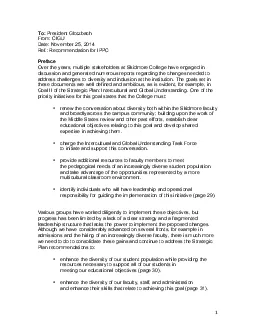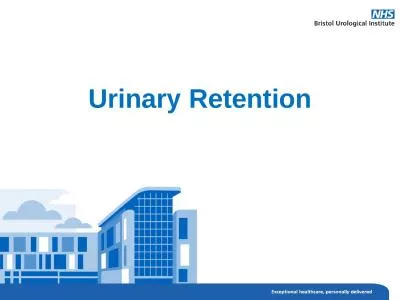PPT-Faculty Retention Ruth Ballweg
Author : pamella-moone | Published Date : 2018-03-21
Patrick Auth Program Directors 101 Faculty Retention Instructional Objectives After participating in this session attendees will be able to Discuss strategies
Presentation Embed Code
Download Presentation
Download Presentation The PPT/PDF document "Faculty Retention Ruth Ballweg" is the property of its rightful owner. Permission is granted to download and print the materials on this website for personal, non-commercial use only, and to display it on your personal computer provided you do not modify the materials and that you retain all copyright notices contained in the materials. By downloading content from our website, you accept the terms of this agreement.
Faculty Retention Ruth Ballweg: Transcript
Download Rules Of Document
"Faculty Retention Ruth Ballweg"The content belongs to its owner. You may download and print it for personal use, without modification, and keep all copyright notices. By downloading, you agree to these terms.
Related Documents

